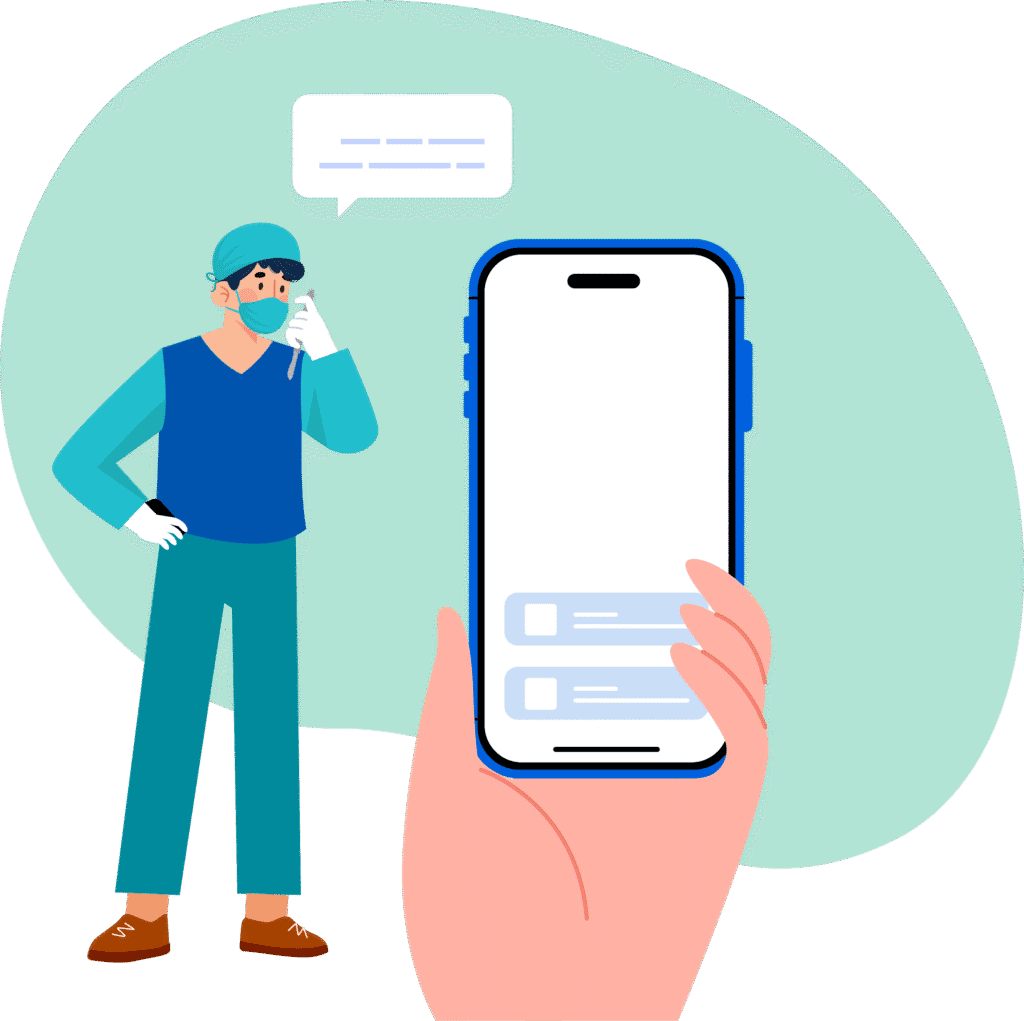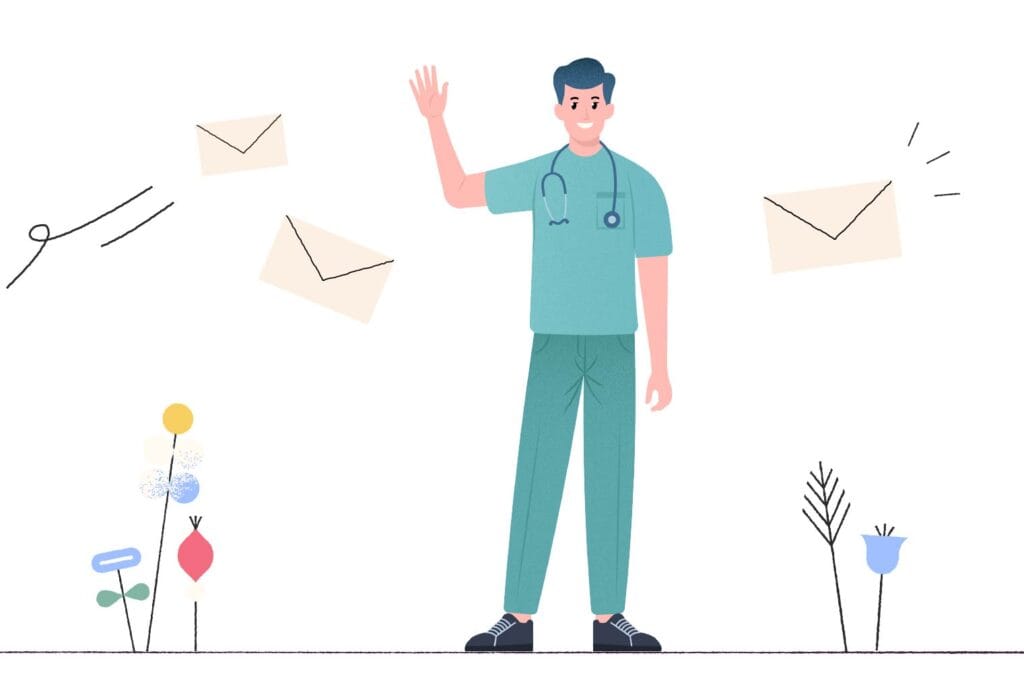Let’s be honest: hospitals and clinics are hectic places. Alarms beep, phones buzz, coffee gets cold. Amidst all that chaos, expecting smooth, structured learning to “just happen” is… wishful thinking. But with the right approach, your clinical workplace can become a powerhouse for learning. Yes, even with the pager going off every five minutes. And if you’re using EPA-based education? You’ve already got a secret weapon.
EPA-based learning: what’s the big deal?
Entrustable Professional Activities (EPAs) aren’t just another acronym to remember. They’re a game-changer. Instead of ticking off theoretical checklists, Trainees grow by doing real work, in real time, under real supervision. The idea? Train junior doctors to fly the plane, while you’re still in the cockpit, of course.
For instance, imagine a junior doctor on their first day in the emergency department. Instead of simply reading textbooks on managing trauma cases, they are directly involved in patient care, supervised by an experienced Trainer. The EPA framework allows them to learn and demonstrate competence through hands-on experience.
But EPAs only shine when your workplace is set up to support them. That’s where many organizations hit a wall. The framework is solid. The Trainees are eager. But the day-to-day reality? Messy, unclear, and hard to track.


The (surprisingly common) EPA struggle
Maybe this sounds familiar:
- Trainers forget what they’ve entrusted last week (or was it the week before?).
- Trainees collect feedback like Pokémon cards:Fun, but disorganized.
- The overview of progress feels more like a jigsaw puzzle than a clear dashboard.
For example, in a busy surgical unit, a senior doctor may entrust a junior doctor with performing a procedure. A few weeks later, that same junior doctor might be asked to repeat the procedure, but it’s hard for the trainer to recall if they’ve already demonstrated competence. Without proper tracking, it can become challenging to make informed decisions on when the Trainee is ready to take on more responsibility.
If that’s your situation, you’re not alone. Most teams want to make EPA-based learning work. They just don’t have the systems, or the habits, yet.
So… how do you flip the switch?
Here’s the good news: you don’t need to reinvent your entire workplace for effective learning. You just need to set the stage for learning in small, smart ways. Think of it like turning your workplace into a “learning gym” instead of a learning obstacle course.
Here’s how to get started with 4 best practices:
1. Make learning visible
Not everything that counts can be counted…but with EPAs, it helps if it can. A transparent overview of who’s doing what (and how well) turns vague impressions into real-time insights. Bonus: it makes conversations about progress 1000x easier.
Consider a junior doctor completing a series of EPAs during their rotation in the emergency department. A portfolio system can be used to visually track each completed activity, showing both the Trainee’s progress and areas for further development. Trainers can easily access the portfolio to view the Trainee’s competencies in real time, ensuring that feedback discussions are based on concrete evidence rather than vague impressions.
2. Turn feedback into fuel
Feedback is most valuable when it’s timely, structured, and stored in a way that trainees can access and reflect upon. Avoid letting feedback disappear into inboxes or notes that never get revisited. Tools like digital portfolios can help capture feedback in an organized, usable format, ensuring that trainees have a continuous record of their progress.
For example, a junior doctor in a cardiology rotation could receive immediate feedback from an trainer after performing a procedure like inserting a central line. Rather than relying on verbal feedback alone, the trainer documents their observations in the trainee’s digital portfolio. This way, the trainee has a record of their progress to refer to and build upon.
3. Normalize supervision
Supervision isn’t micromanagement:it’s mentoring in action. EPA-based systems thrive when trainers feel empowered to observe, reflect, and entrust. That means creating a culture where supervision is expected, valued, and seen as part of daily clinical work, not an exception.
Let’s make it practical: On an internal medicine ward, a senior doctor regularly takes a moment during rounds to observe junior doctors in action, whether it’s a patient assessment or a handover. This turns everyday tasks into learning moments and makes supervision a natural part of clinical work.
4. Trust the process (and the people)
Yes, entrusting trainees with real responsibility feels scary. But that’s the point. With EPAs, trust is a tool, not a gamble. When you make entrustment decisions visible and deliberate, you create a culture of safety and growth.
Take a moment to reflect on the role of an intern in a surgical setting: they may be entrusted with assisting in surgeries and gradually progressing to more independent roles. As each EPA is signed off by their supervisor, the Trainee becomes more confident, the Trainer more trusting, and the process builds upon itself.
Small actions for big results
In the end, you don’t need a complete overhaul to turn your workplace into a strong learning environment. Small, focused changes like making progress visible, normalizing feedback, and building trust, can make a big difference. EPA-based learning is a powerful framework, but it thrives in the right conditions. With the right tools and mindset, your team can make workplace learning seamless, effective, and sustainable.
Download our supervision guide with 10 tips
Ready to get started? We hope this article has given you valuable insights into transforming your workplace into a strong learning environment. We created a guide with 10 tips for trainers to make supervision a natural daily habit. Simply fill in the form below, and we’ll send it directly to your inbox!
For all other articles and webinars, visit our EPA learning hub!


